PsychNewsDaily Publishers
100 Summit Drive
Burlington, MA, 01803
Telephone: (320) 349-2484
PsychNewsDaily Publishers
100 Summit Drive
Burlington, MA, 01803
Telephone: (320) 349-2484
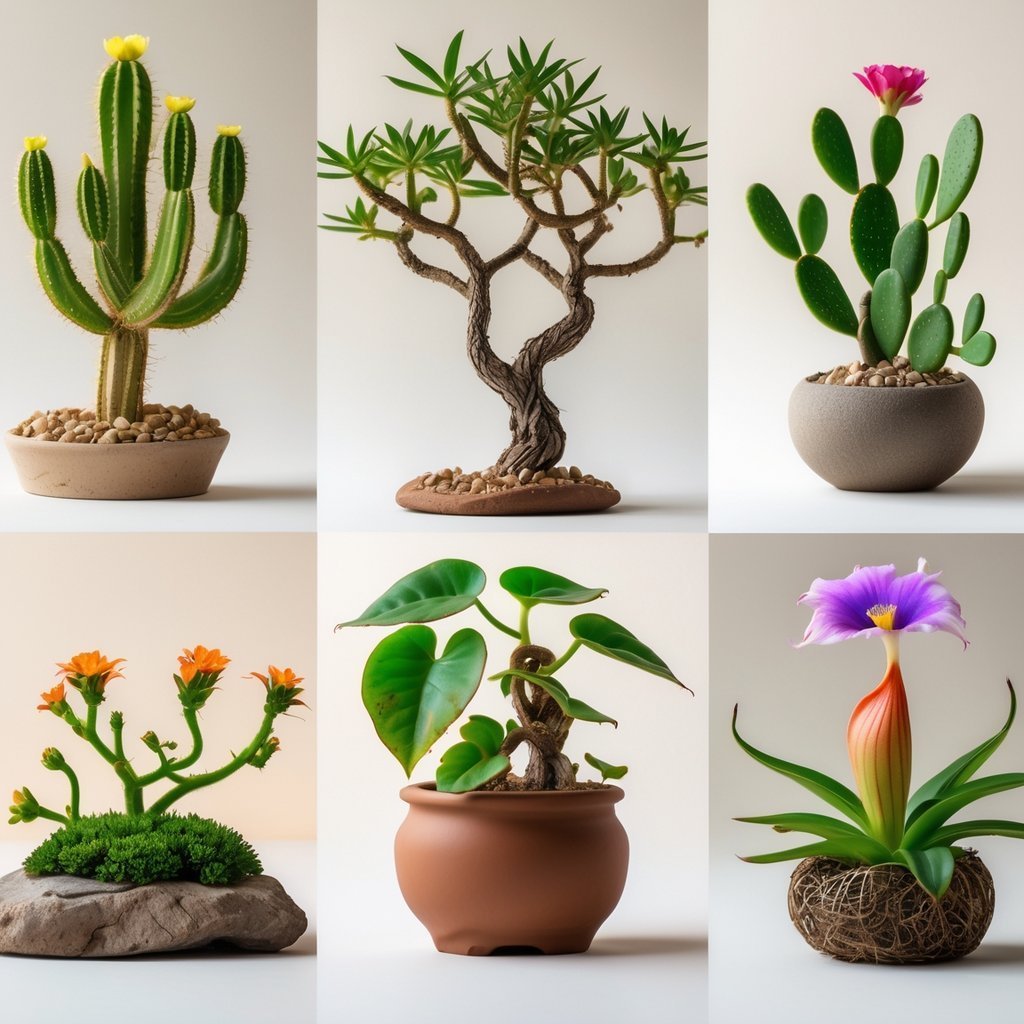
Plants might seem calm and quiet, but honestly, a lot of them have wild ways to get by in tough conditions. Some just refuse to give up, using clever tricks to protect themselves and keep growing, even when other plants tap out.
It’s kind of amazing how these beautiful plants manage to adapt and thrive in the harshest places.
By learning about these plants, you’ll see how nature solves big problems in some pretty smart ways. Here are five stunning plants that not only catch your eye, but also have some seriously shocking survival skills.
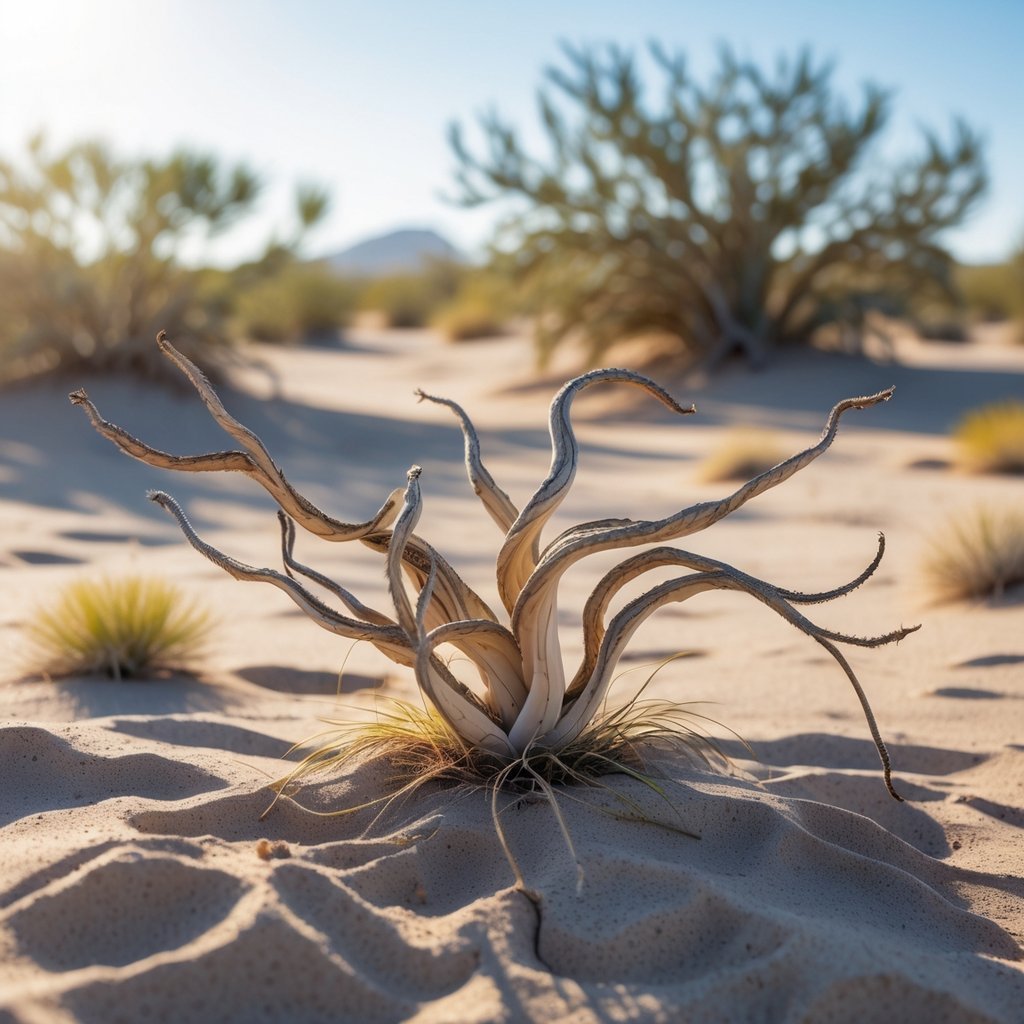
You won’t spot a plant like Welwitschia mirabilis anywhere else. It grows in the Namib Desert, which is honestly one of the hottest, driest places around.
Welwitschia puts out just two leaves, and these stick around for its whole life. The leaves keep growing, twisting, and getting battered by wind, so they end up looking like long, worn ribbons.
This plant can live for over 1,000 years. It collects water from fog that drifts through the desert, which is pretty smart when you think about how little rain falls there.
Welwitschia is a true desert champion. Its strange, simple look hides some survival skills that have kept it going for centuries.
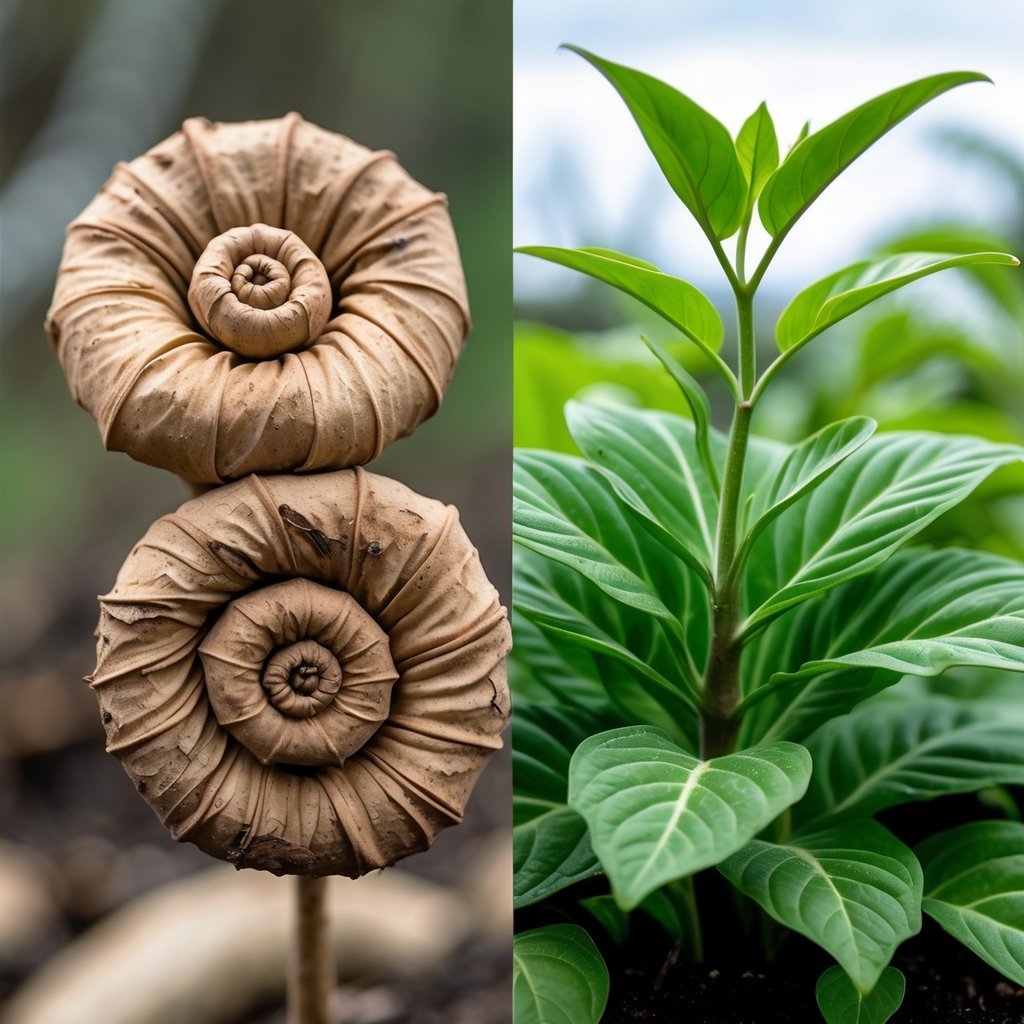
You might find the Resurrection Plant in dry spots like deserts. When it doesn’t get water, it curls up into a tight ball and looks totally dried out.
That curled shape shields it from the sun and stops water from escaping. When you finally give it some water, it slowly opens up, turning green and alive again.
It can stay dry for months or even years, then bounce back when rain finally comes. If you ever get one, just dry it out and then soak it—watching it unfurl feels like a tiny miracle.
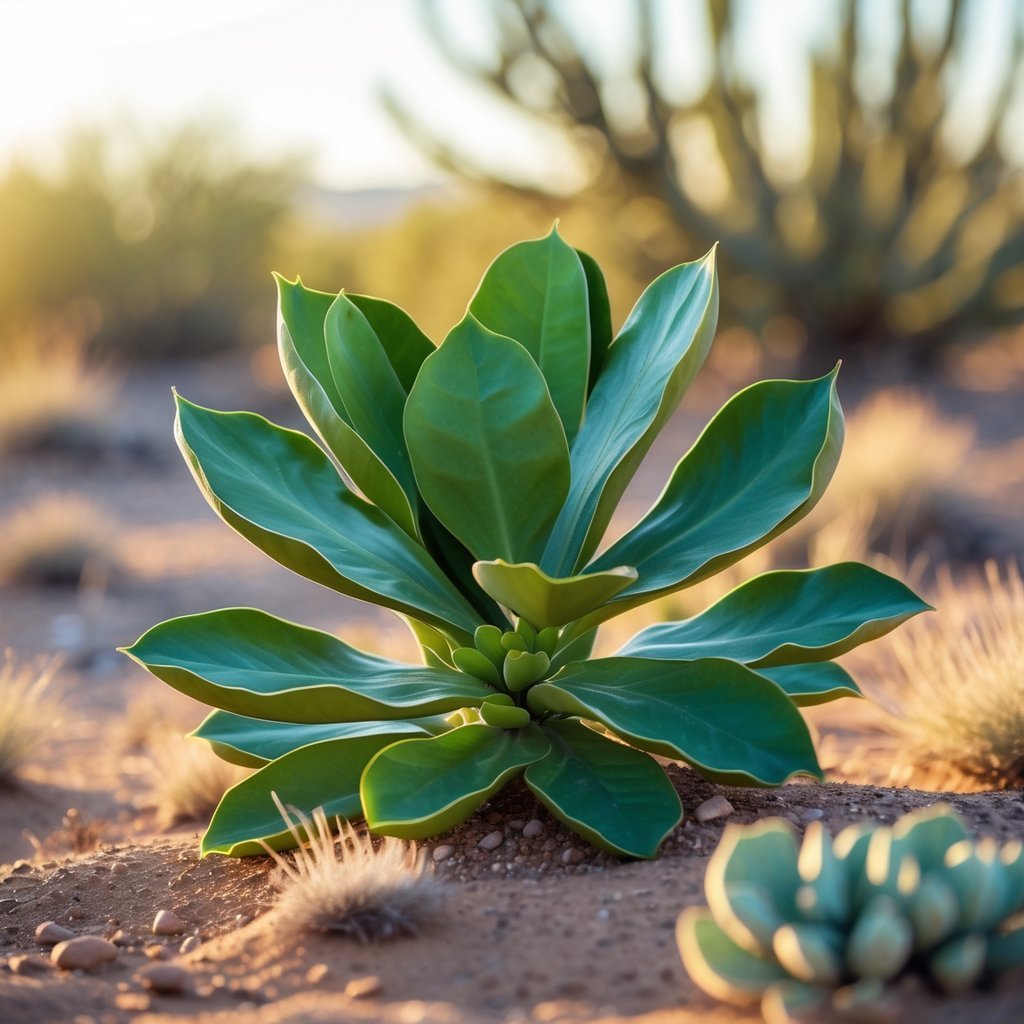
Euphorbia resinifera is one tough plant. It survives in hot, dry places with almost no fuss.
Its small, leathery leaves hold onto water and don’t let much escape. When things get really dry, most of the leaves fall off to save even more water.
The thick, waxy stems store water, so the plant can go ages without rain. If you want to grow one, give it lots of sunlight, but maybe a little shade in the hottest part of the day.
Only water it when the top soil feels dry, and cut back in winter. It’s a great choice if you want something low-maintenance and drought-resistant in your garden or inside.
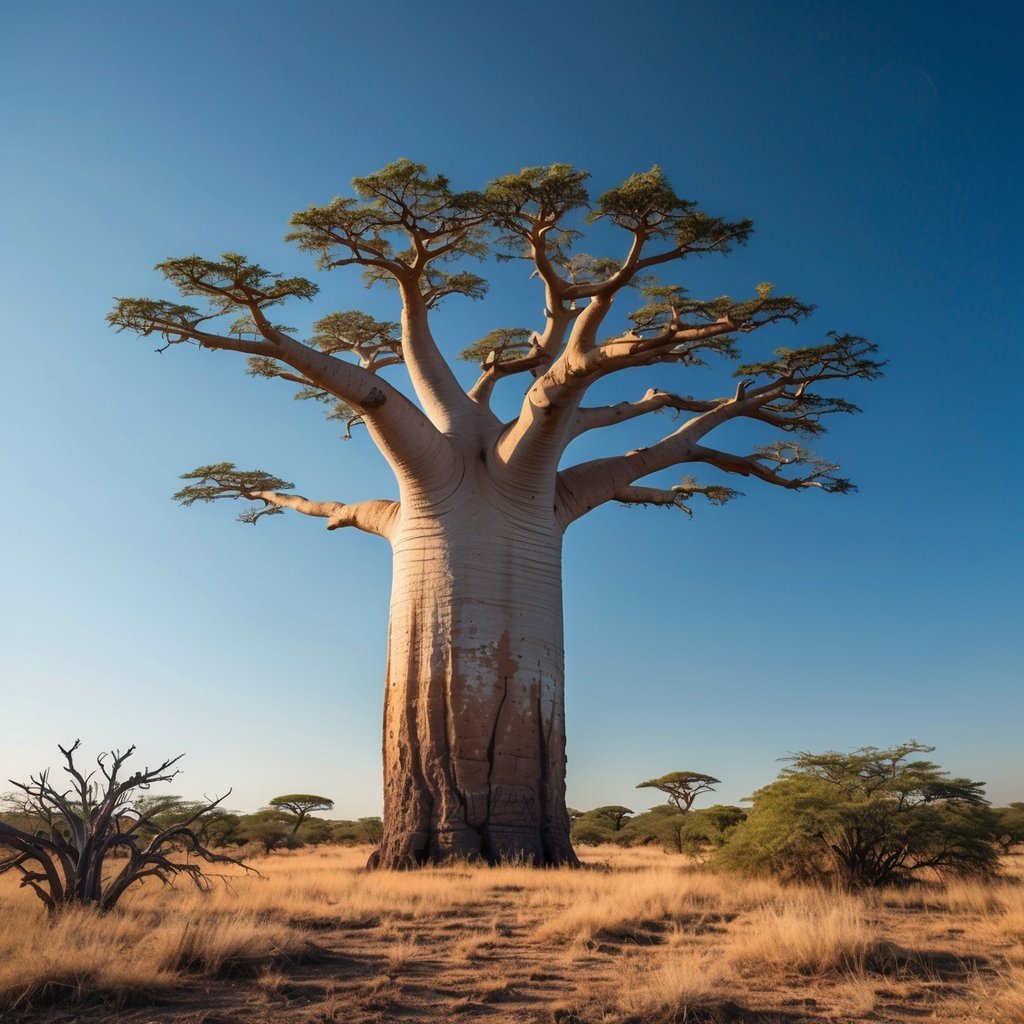
You’ll see the baobab tree standing tall in dry places like Africa and Madagascar. Its thick trunk works like a giant water tank, letting the tree survive for ages without rain.
When it rains, the trunk swells up as it soaks in water. Later, during dry spells, the trunk slowly releases that water to keep the tree going.
Most of the year, the baobab only has small leaves, which helps it save water and stop too much from evaporating. It almost seems like this tree was built just to handle tough, dry weather.
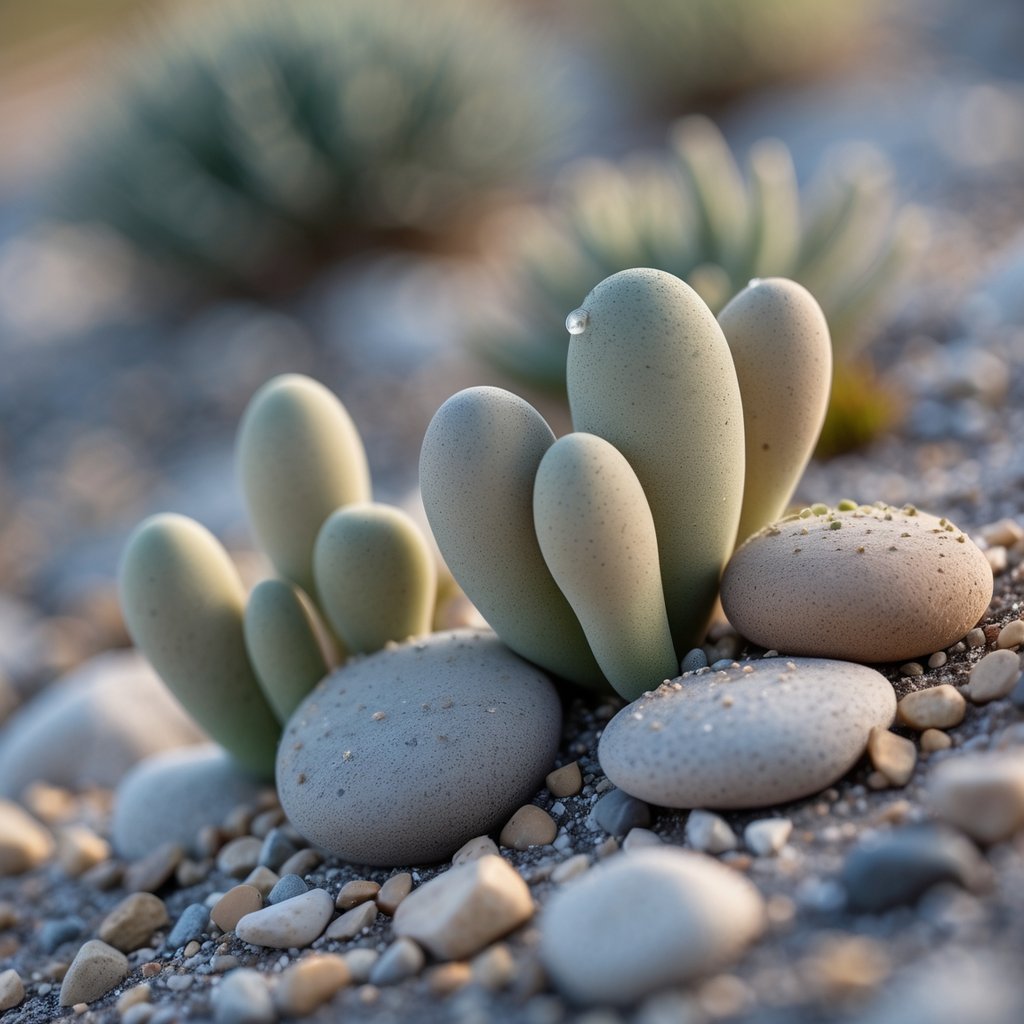
At first glance, you probably won’t spot Lithops. They just blend right in with the rocks, almost like they’re playing a game of hide and seek.
Animals often pass them by, mistaking them for pebbles. This little trick keeps Lithops safe in harsh, dry landscapes.
Lithops stash water inside their thick, fleshy leaves. Because of that, they can go months without a single drop of rain.
Honestly, you don’t have to fuss over them much. If you want a plant that won’t complain, Lithops might be your new favorite.
Every year, they push out a fresh pair of leaves and let the old ones dry up. They stay tiny and hug the ground, doing their own thing.
It’s hard not to appreciate how tough and quirky these plants are. If you’re curious, they’re definitely worth growing—or at least admiring.